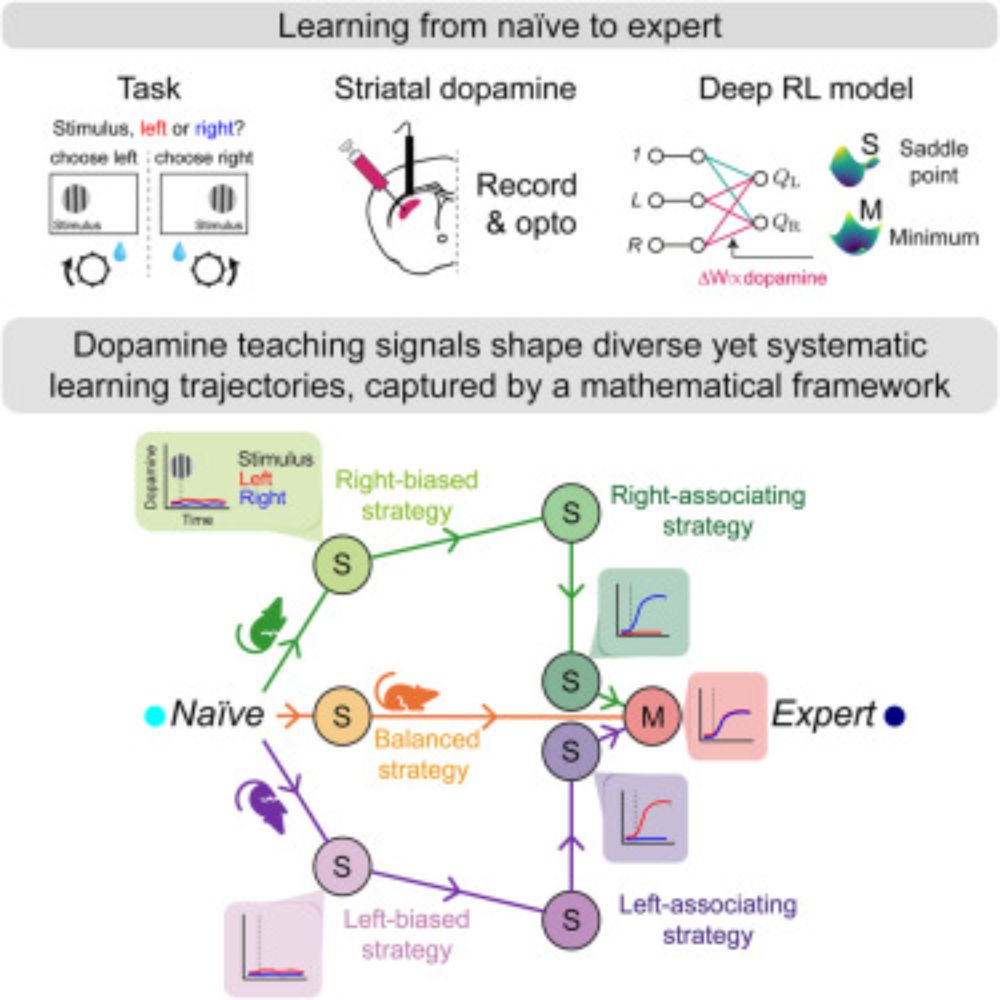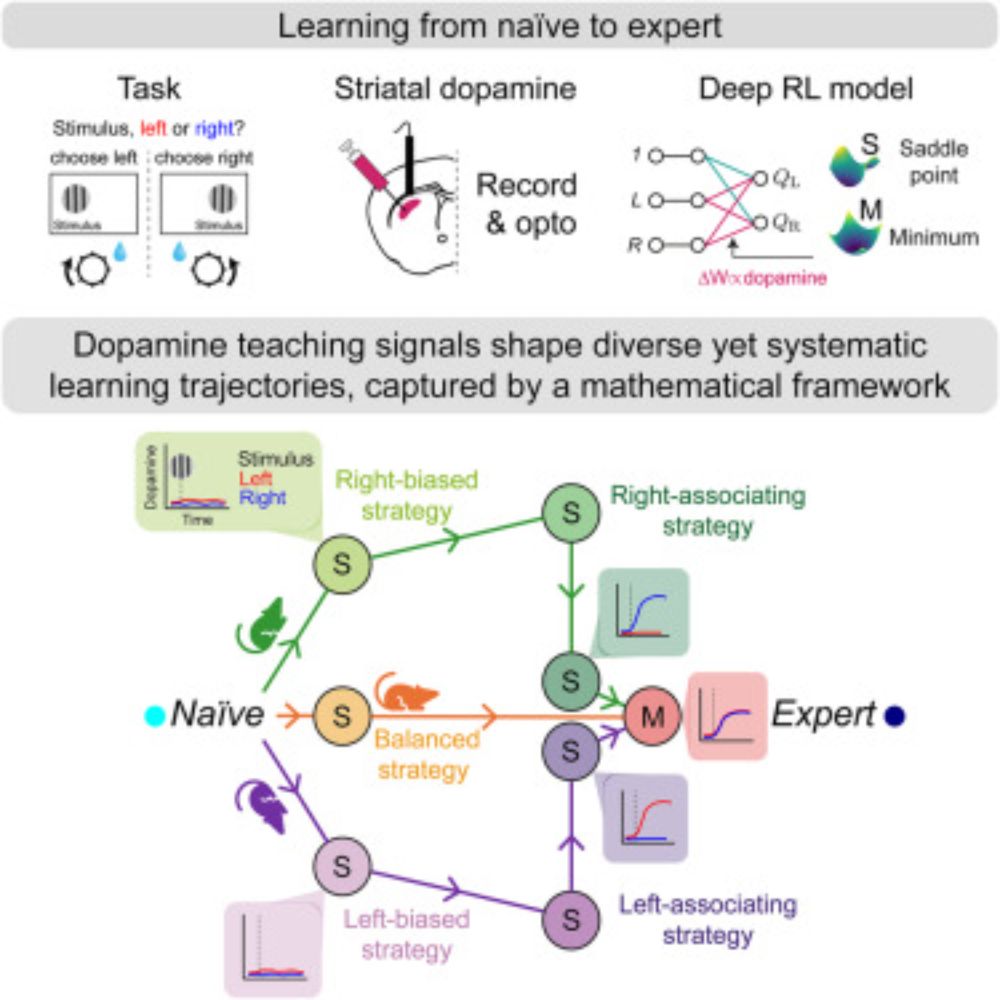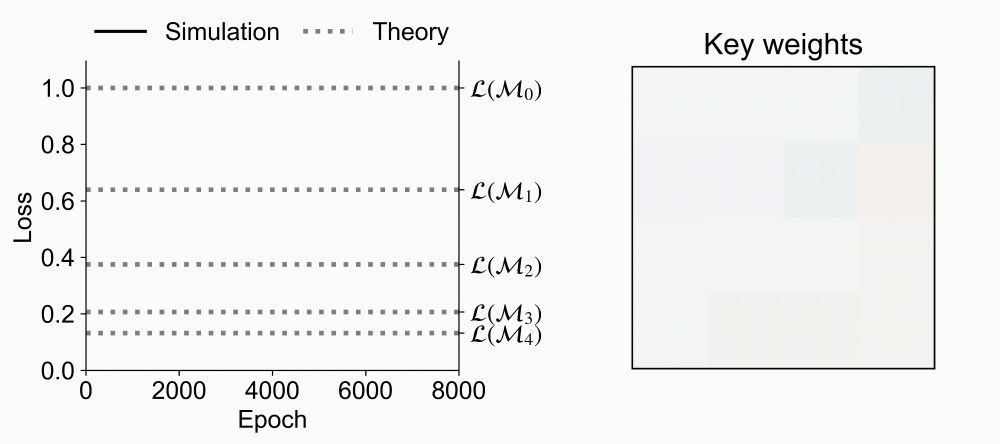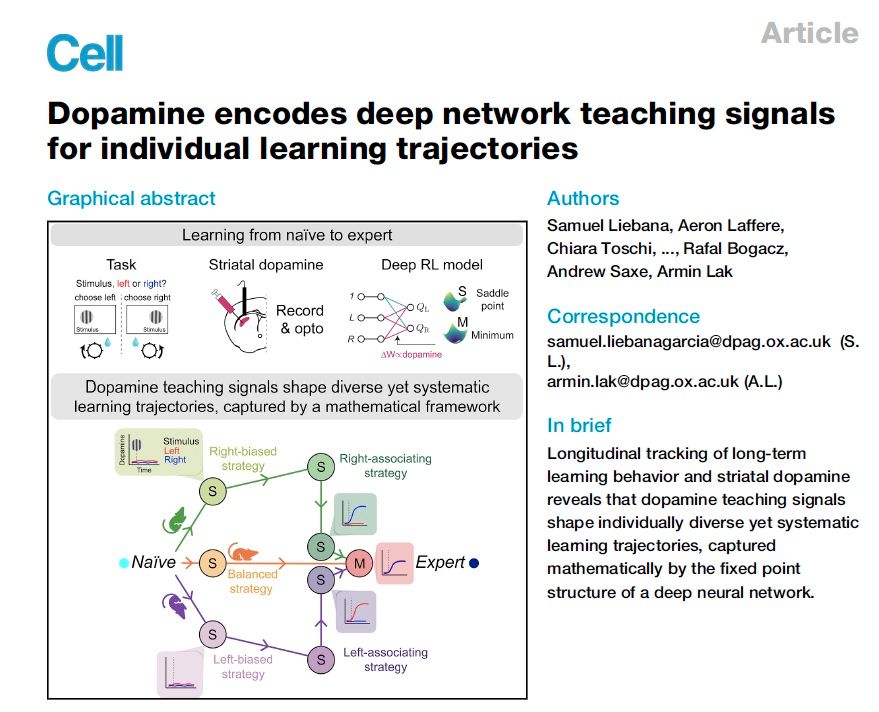Samuel Liebana
@samuel-liebana.bsky.social
55 followers
52 following
8 posts
Research Fellow at the Gatsby Unit, UCL
Q: How do we learn?
Posts
Media
Videos
Starter Packs
Reposted by Samuel Liebana
Reposted by Samuel Liebana
Reposted by Samuel Liebana
Reposted by Samuel Liebana
Armin Lak
@laklab.bsky.social
· 19d

A hardwired neural circuit for temporal difference learning
The neurotransmitter dopamine plays a major role in learning by acting as a teaching signal to update the brain's predictions about rewards. A leading theory proposes that this process is analogous to...
www.biorxiv.org
Reposted by Samuel Liebana
Blake Richards
@tyrellturing.bsky.social
· Jul 10

Dopamine encodes deep network teaching signals for individual learning trajectories
Longitudinal tracking of long-term learning behavior and striatal dopamine reveals
that dopamine teaching signals shape individually diverse yet systematic learning
trajectories, captured mathematical...
www.cell.com
Reposted by Samuel Liebana
Reposted by Samuel Liebana
Reposted by Samuel Liebana
Reposted by Samuel Liebana










